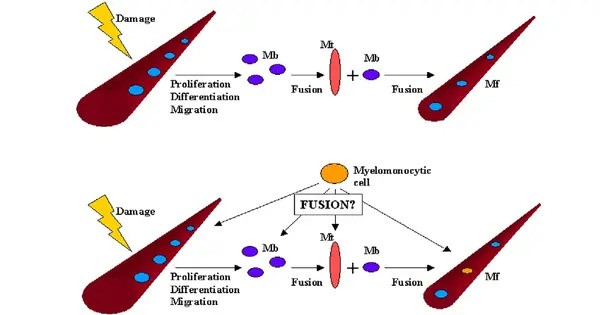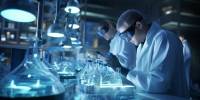The University of Houston College of Pharmacy has recently published research that identifies critical pathways of skeletal muscle regeneration and muscular growth following resistance training. It’s a discovery that could lead to the creation of targeted medicines for a variety of muscle ailments, including muscular dystrophy, which affects millions of people worldwide.
When it comes to muscles and muscle problems, a discovery like this is quite significant.
The muscle of muscles
The very core function of life – breathing – is controlled by your skeletal muscles, as is regulation of whole-body metabolism and every movement you make:
- Walking
- Running
- Sitting
- Standing
- Smiling
- And even blinking
During muscle regeneration, IRE1 augments the activity of X-box binding protein 1, which in turn stimulates the gene expression of multiple transmembrane proteins required for myoblast fusion.
Ashok Kumar
In context
Skeletal muscles are created during embryonic development when hundreds of specialized cells known as myoblasts fuse together. Adult skeletal muscles have regeneration capacity, which is due to the presence of muscle stem cells known as satellite cells.
Satellite cells undergo numerous rounds of proliferation after damage before differentiating into myoblasts. To regenerate muscle, these myoblasts merge with one another and with injured myofibers.
Many muscular illnesses impair the intrinsic ability of muscles to renew, resulting in muscle mass and function loss.

The science
UH researchers discovered that Inositol-requiring enzyme 1, a critical signaling protein, is required for myoblast fusion during muscle development and growth.
“During muscle regeneration, IRE1 augments the activity of X-box binding protein 1, which in turn stimulates the gene expression of multiple transmembrane proteins required for myoblast fusion,” reports Ashok Kumar, Else and Philip Hargrove Endowed Professor of Pharmacy in the Department of Pharmacological and Pharmaceutical Sciences at the University of Hawaii College of Pharmacy, in EMBO Reports.
According to the researchers, raising IRE1 or XBP1 levels in muscle stem cells outside the body and then injecting them into patients’ muscle tissues will increase muscle repair and minimize disease severity.
“We also found that augmenting the levels of IRE1α or XBP1 in myoblasts leads to the formation of myotubes (muscle cells) having an increased diameter,” said Kumar.
That increase in diameter can be significant.
“Size is very important for muscle. Muscle grows only in size, not in number,” said Aniket Joshi, a graduate student in Kumar’s lab and first author on the article. “Muscular people have larger muscle cells. Larger muscles generally work better- can lift more weight, run and walk faster, and improve overall metabolism of the body and prevent various diseases, such as type II diabetes.”
Flexing their muscles
Kumar’s team’s latest research is not their first flex. Kumar’s lab published findings in the ELife journal in 2021 on the involvement of the IRE1α/XBP1 signaling axis in the regeneration of healthy skeletal muscle following acute injury and in models of Duchenne muscular dystrophy. This study discovered that satellite cells rely on the IRE1α/XBP1 signaling axis for cell autonomy.
















